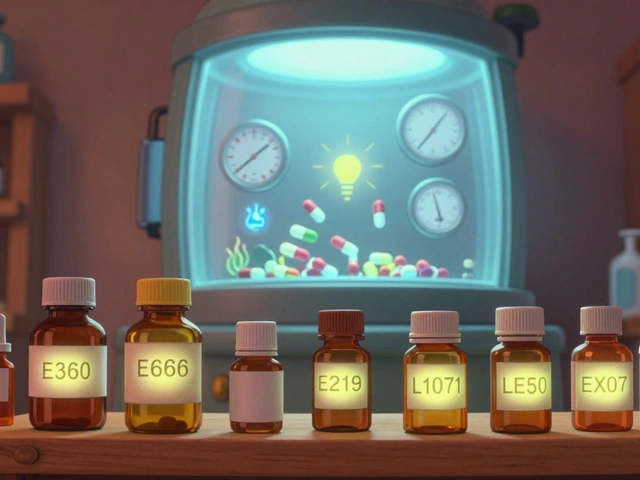Kidney Transplant Process: What Happens Before, During, and After Surgery
When your kidneys fail, a kidney transplant, a surgical procedure to replace a failing kidney with a healthy one from a donor. Also known as renal transplant, it’s often the best long-term solution for end-stage kidney disease, offering more freedom than dialysis and better survival rates. But it’s not just about swapping organs—it’s a multi-step journey that starts long before the operating room and lasts a lifetime.
The kidney transplant process, a structured medical pathway involving evaluation, matching, surgery, and lifelong monitoring begins with a thorough assessment. Doctors check your heart, lungs, and overall health to make sure you can handle surgery and the drugs that follow. They also test for infections, cancer, and mental health factors. If you’re approved, you’re placed on a waiting list—unless you have a living donor. Living donors, often family or friends, can speed things up dramatically. Their kidney must match your blood and tissue type, and they undergo their own full medical workup to ensure it’s safe for them to donate.
Once a match is found, surgery happens. The new kidney is placed in your lower abdomen, not where your old one was. Your original kidneys usually stay in place unless they’re causing problems. The surgeon connects the new kidney’s blood vessels and ureter to your bladder. The whole thing takes about three to four hours. Most people wake up with a catheter and IVs, and pain is managed carefully. You’ll likely stay in the hospital for a few days. The real test starts after discharge: your body might try to reject the new kidney. That’s why immunosuppressants, medications that suppress your immune system to prevent it from attacking the transplanted organ are non-negotiable. You’ll take them every day, for life. Missing even one dose can trigger rejection. Side effects like weight gain, high blood pressure, or increased infection risk come with the territory—but they’re far less dangerous than losing the transplant.
Recovery isn’t just physical. You’ll need regular blood tests, doctor visits, and lifestyle changes. No smoking. Limited alcohol. Careful with certain foods and herbs that interact with your meds. Exercise helps, but you’ll need to ease into it. And while most people return to normal life within months, the emotional side is real. Anxiety about rejection, guilt if you got a living donor’s kidney, or fear of the unknown—these are common. Support groups and counseling are part of the process, not a luxury.
What you’ll find below are real, practical guides from people who’ve walked this path. You’ll read about how to spot early signs of rejection, why some patients need a second transplant, how to manage side effects of immunosuppressants, and what to do if your donor isn’t a perfect match. There’s no fluff—just what works, what doesn’t, and what you need to know to protect your new kidney for years to come.






